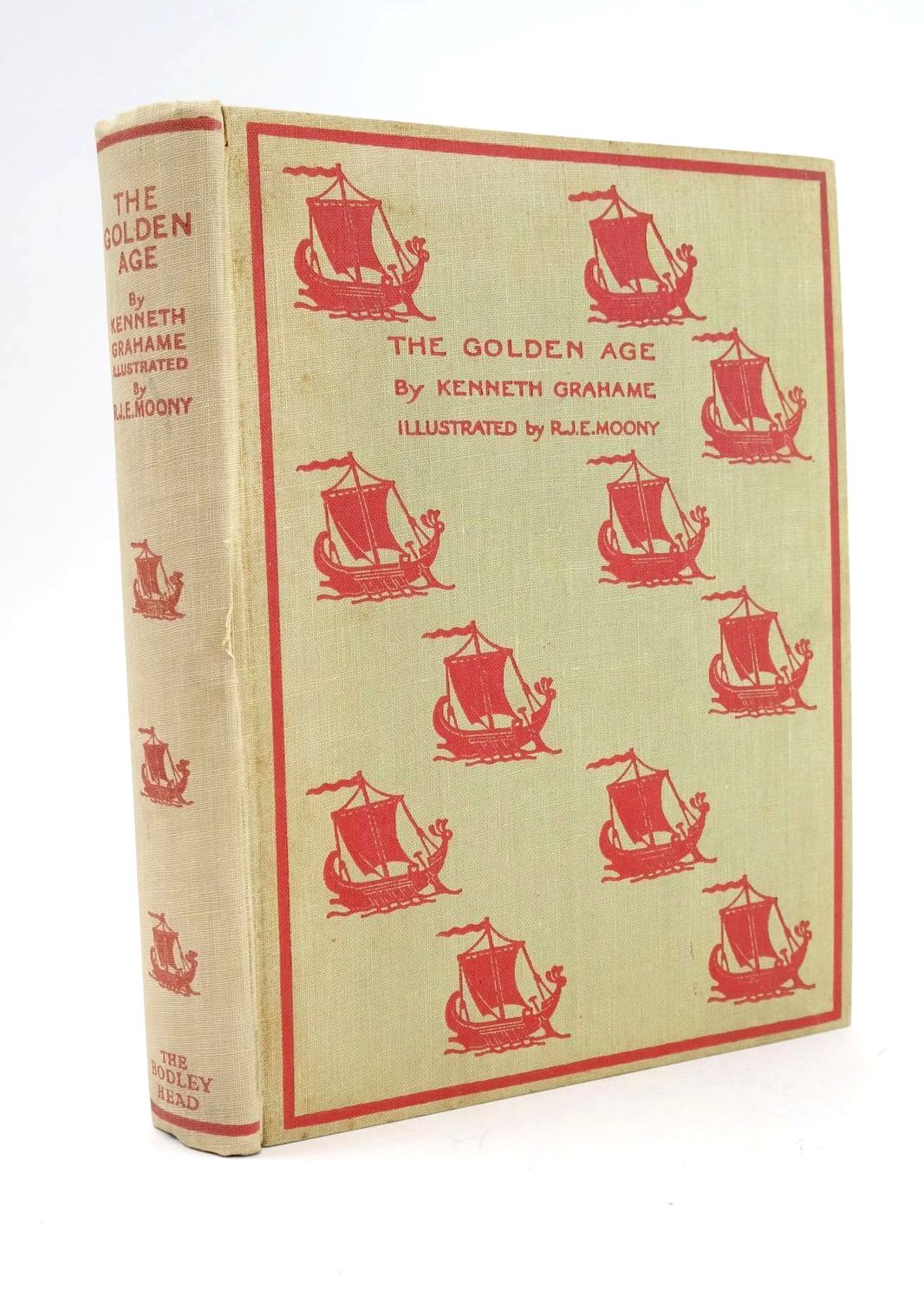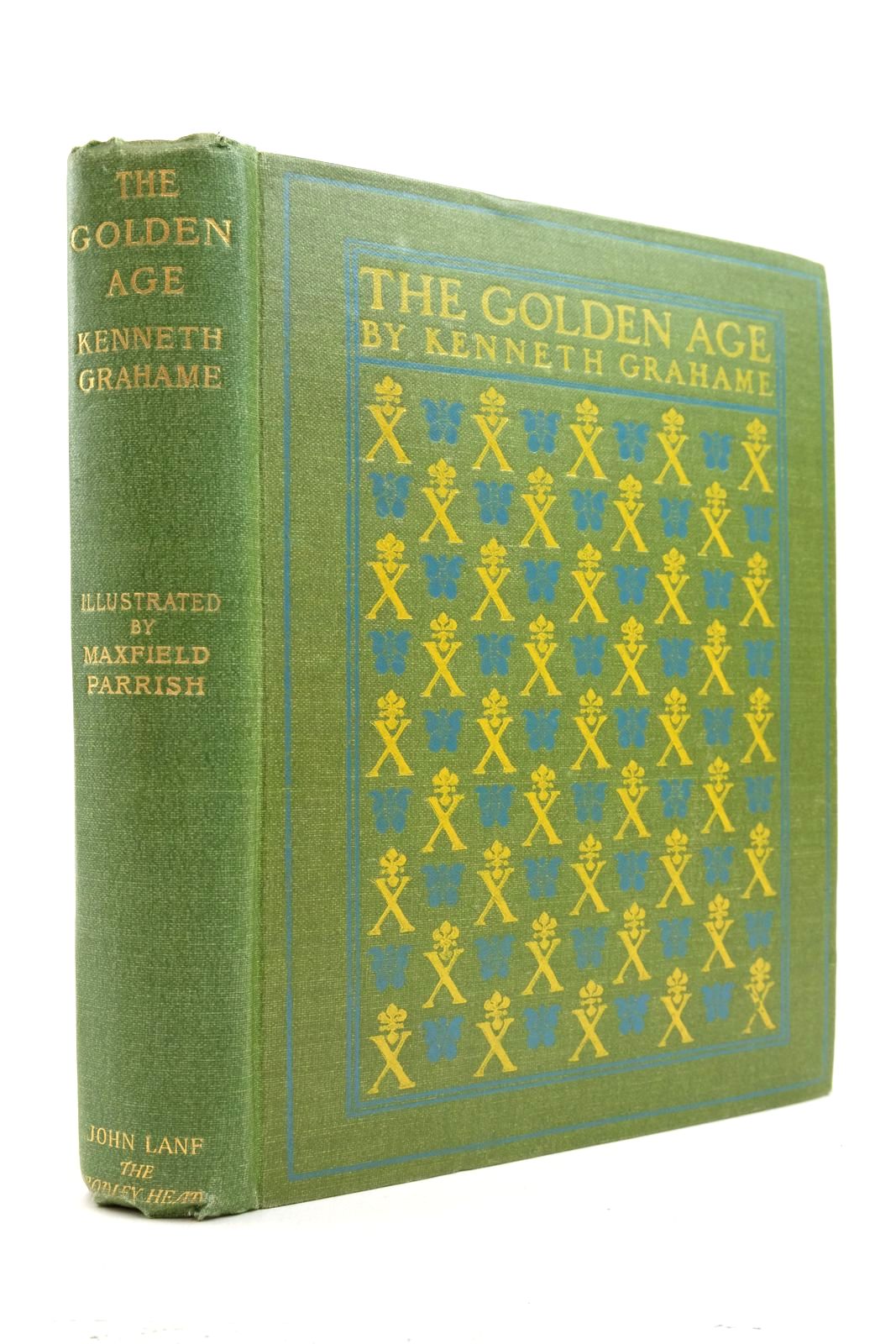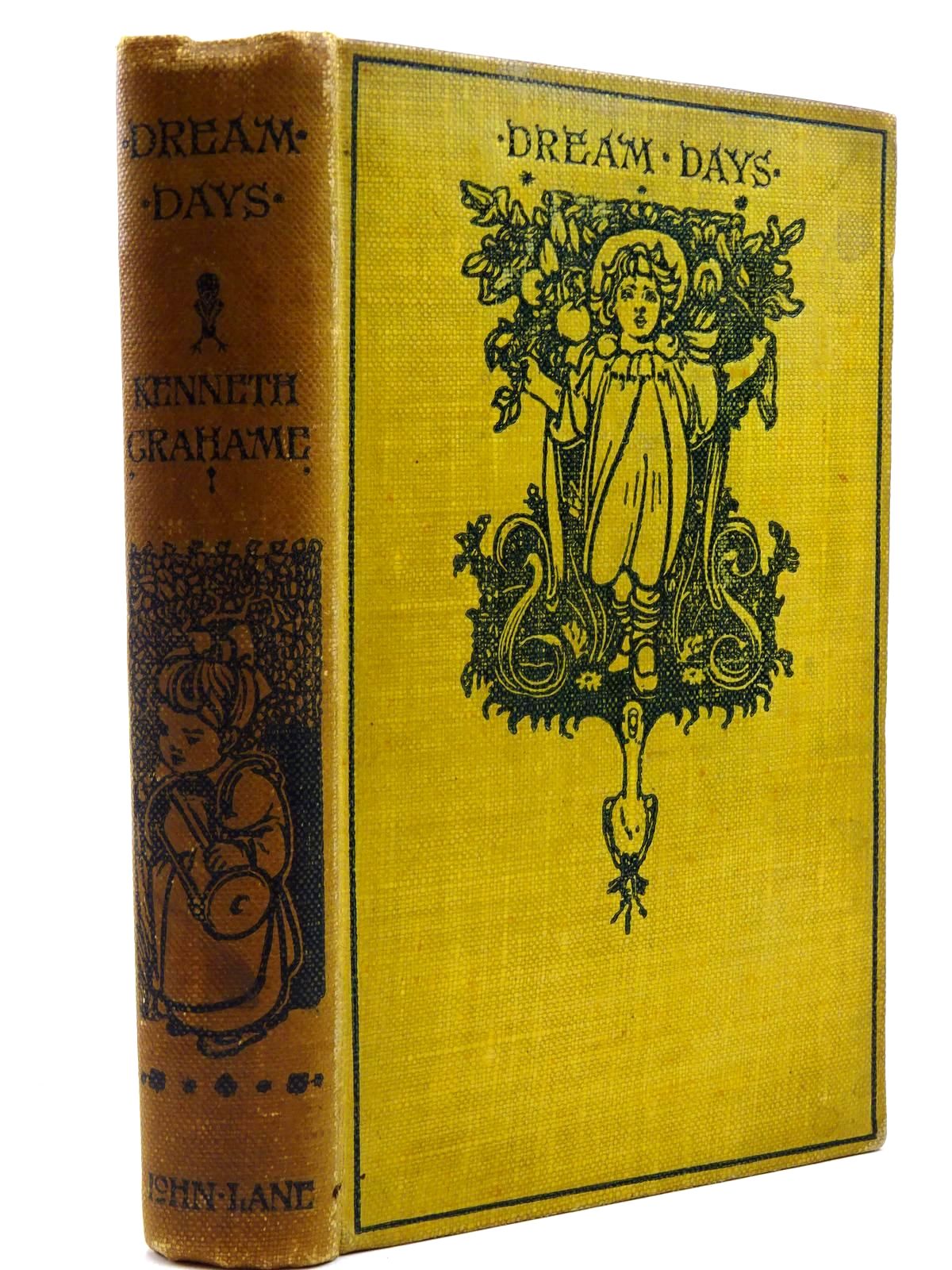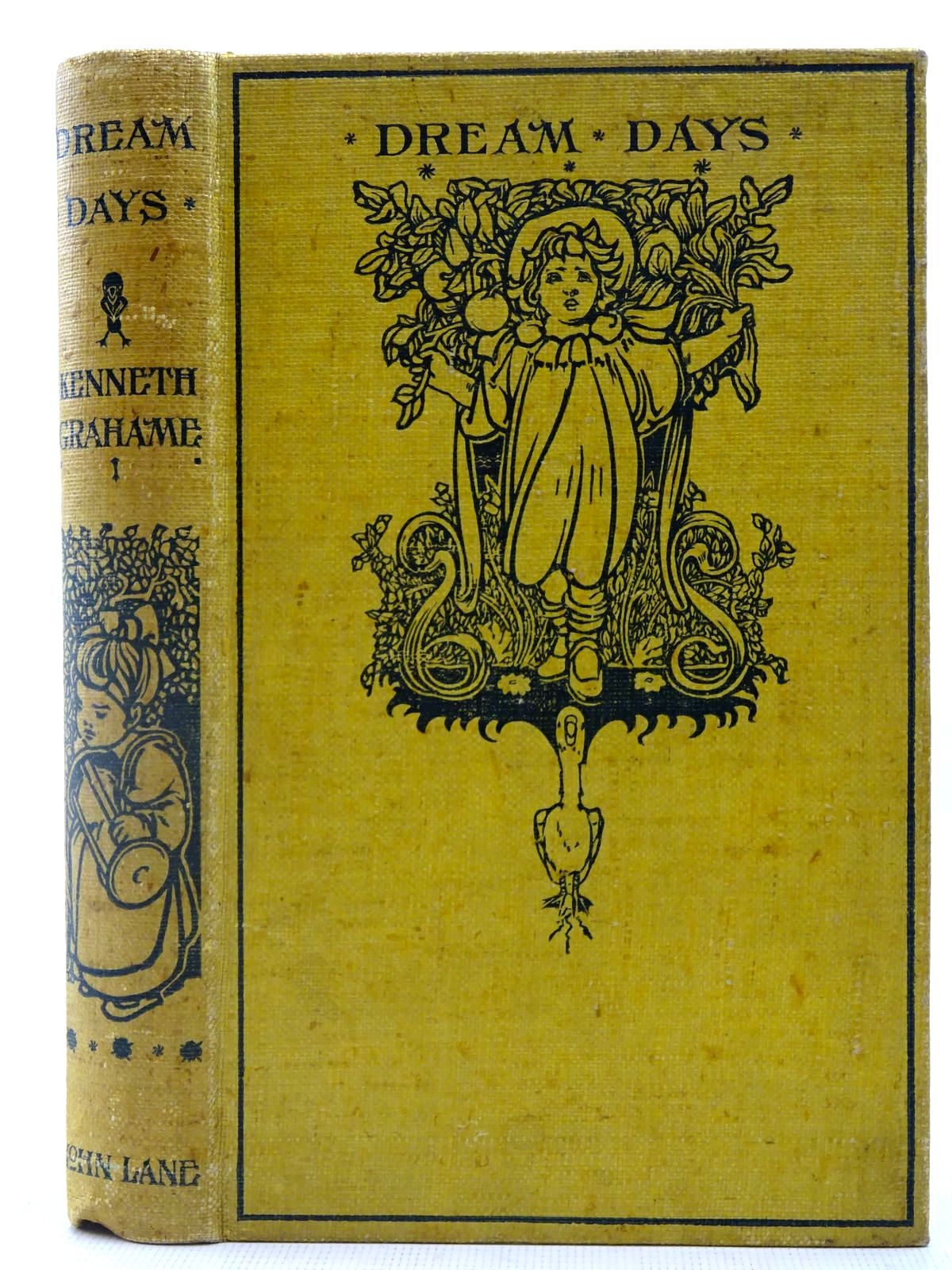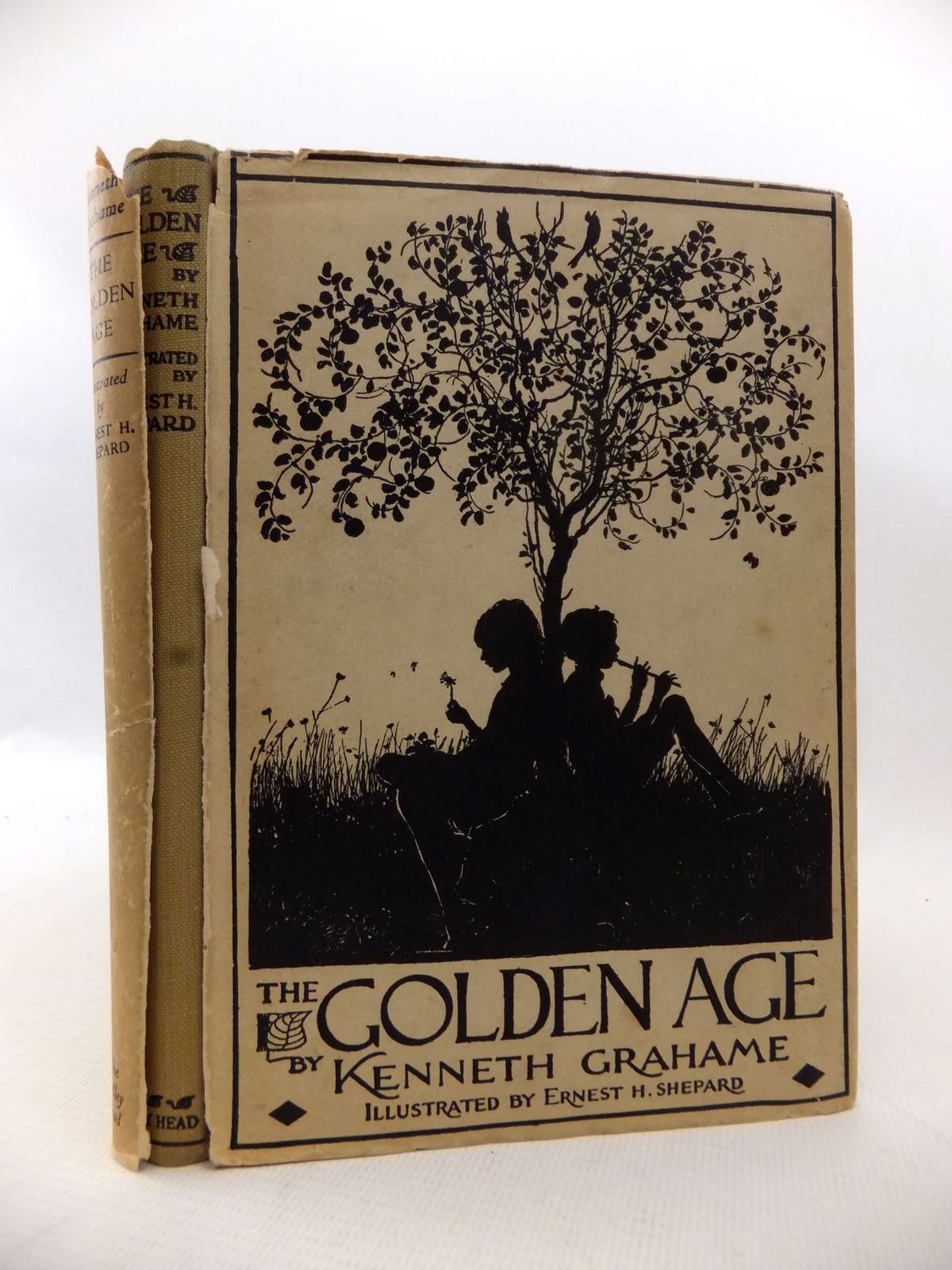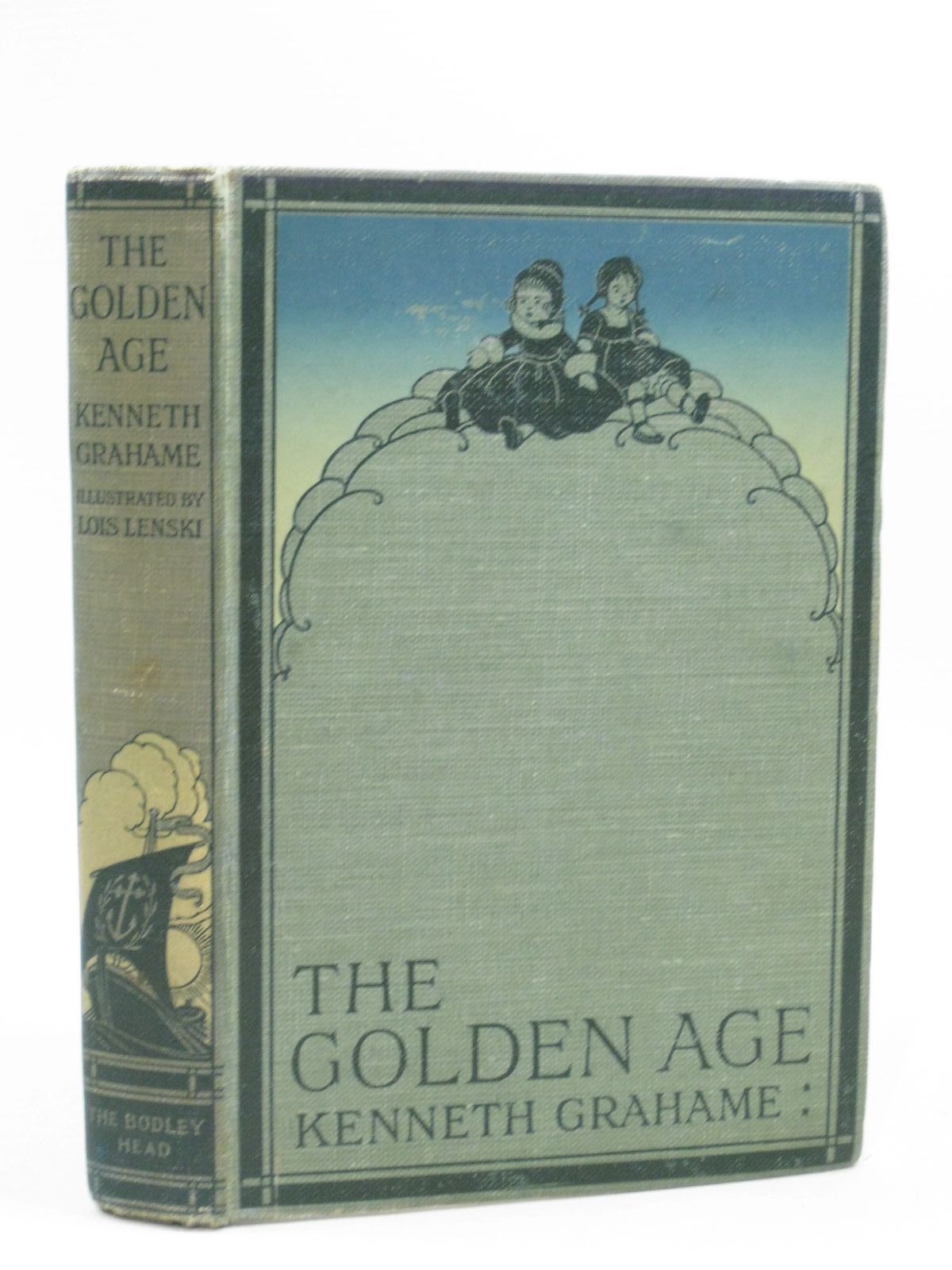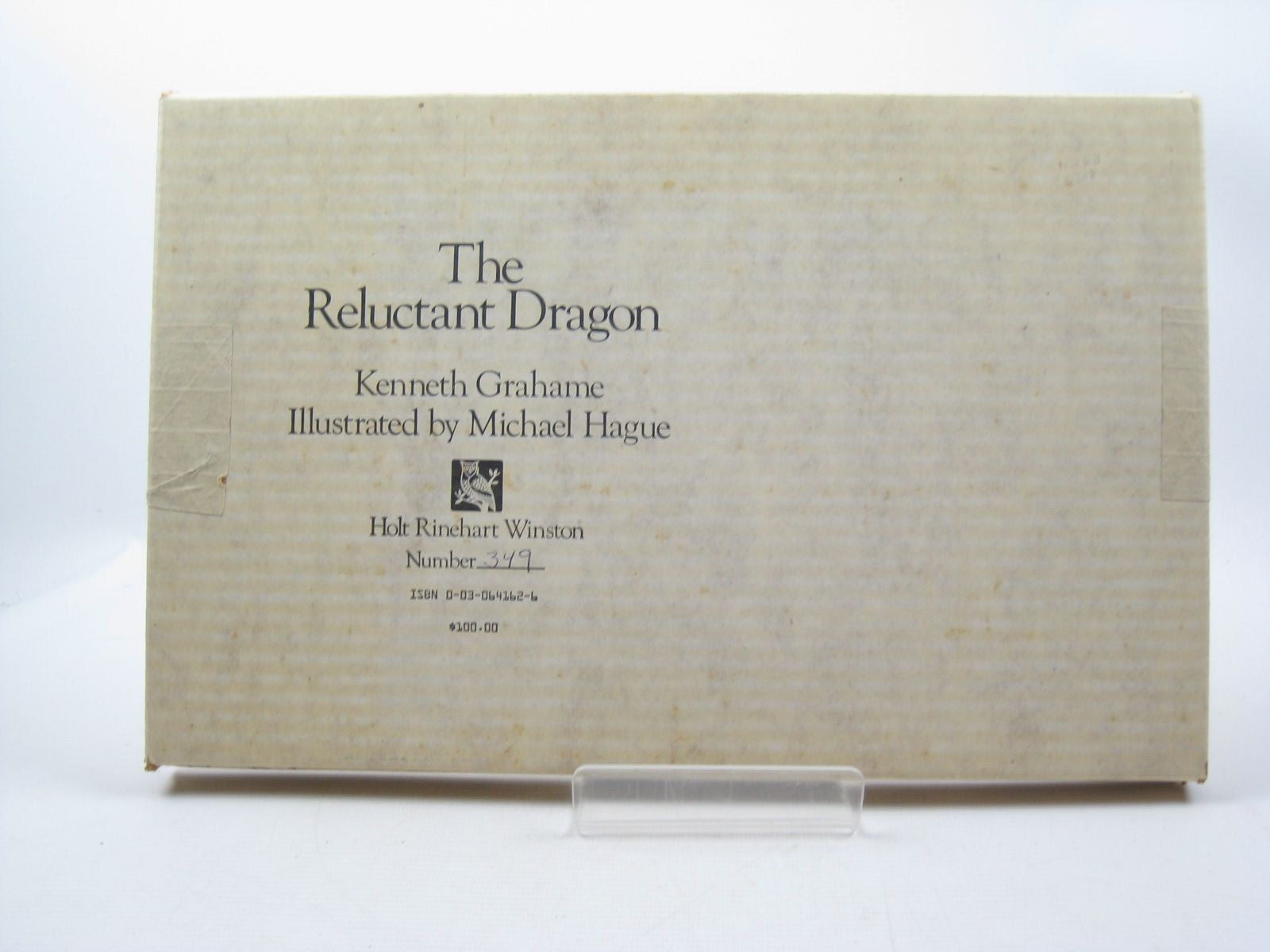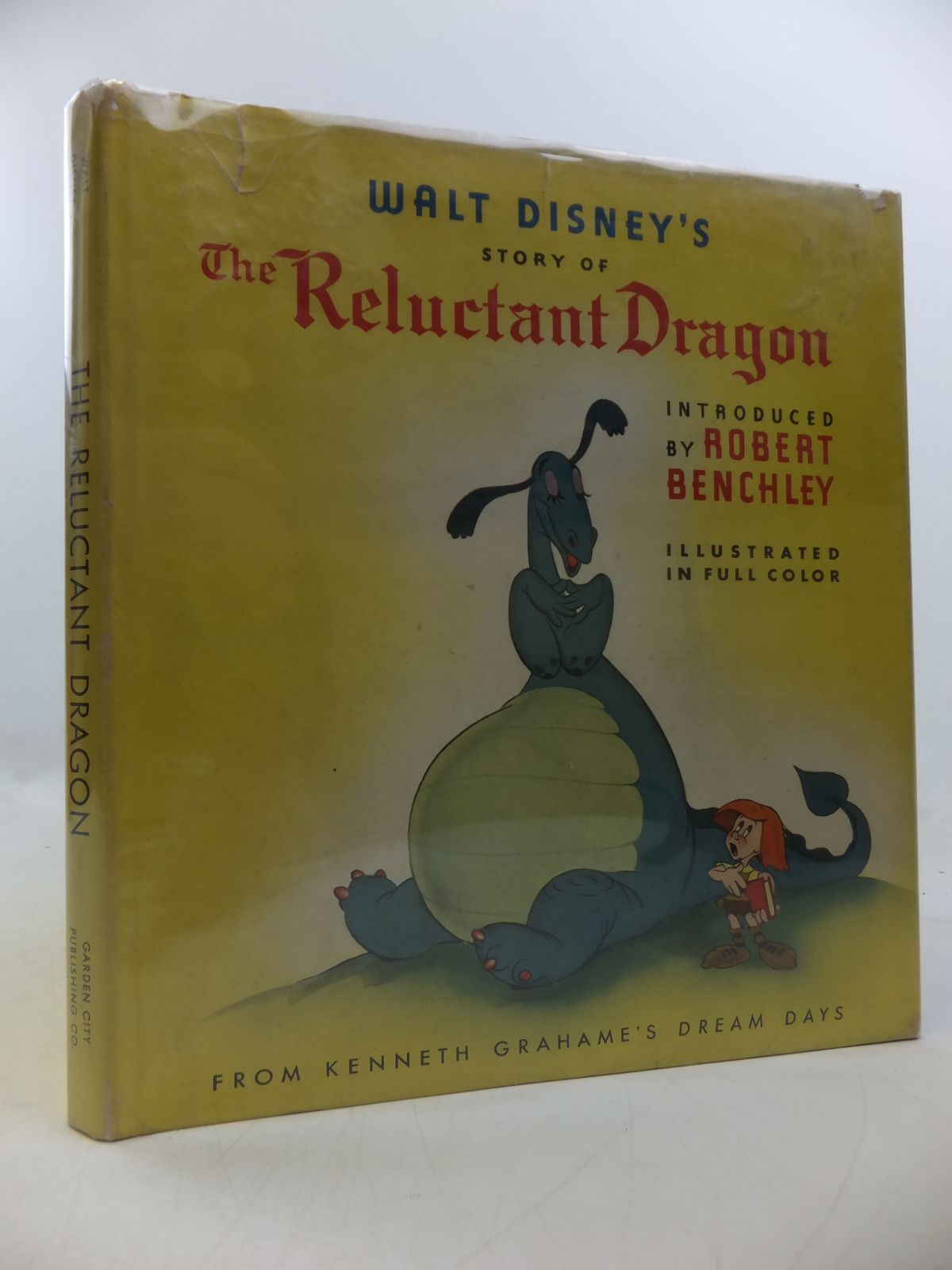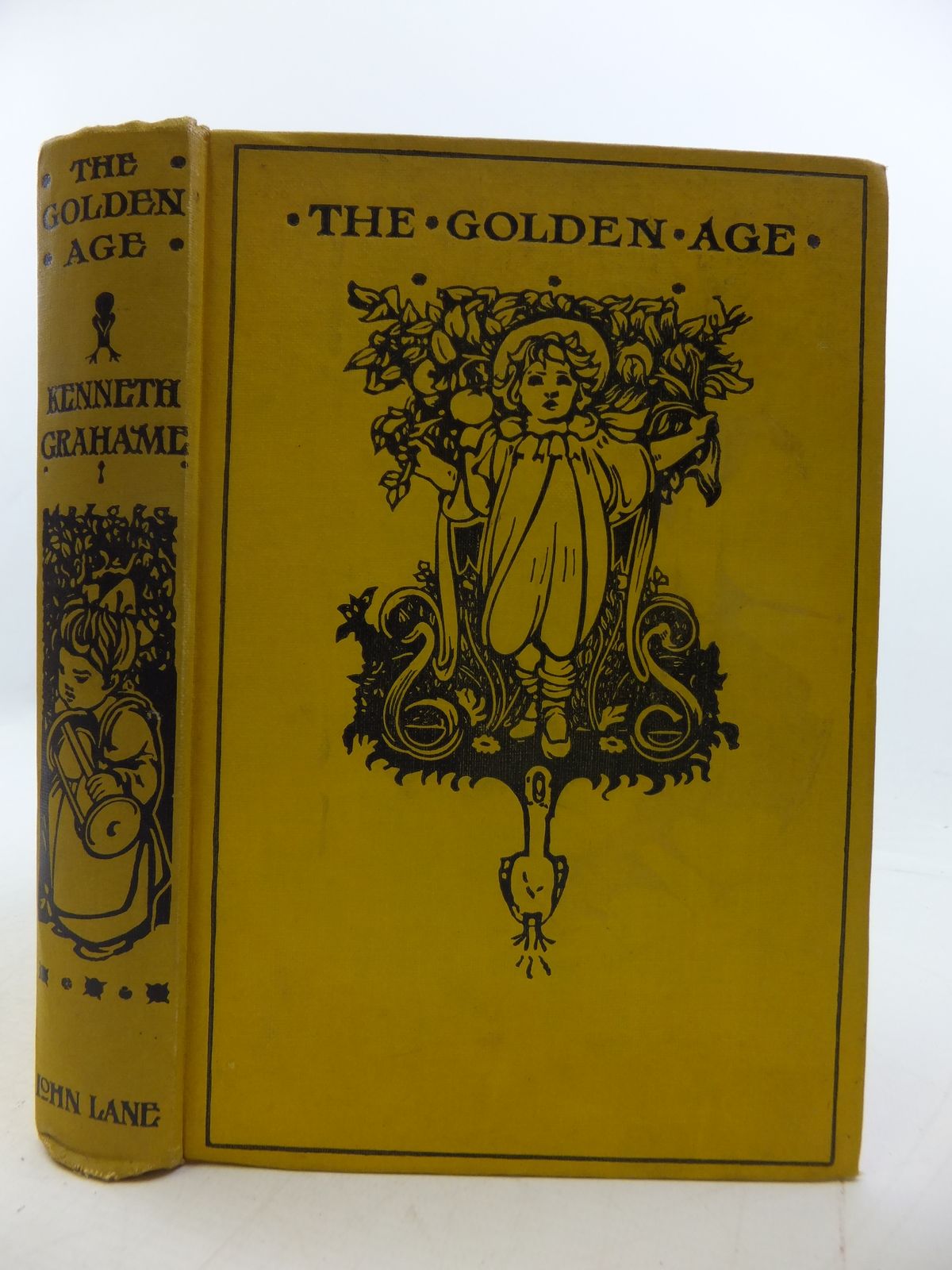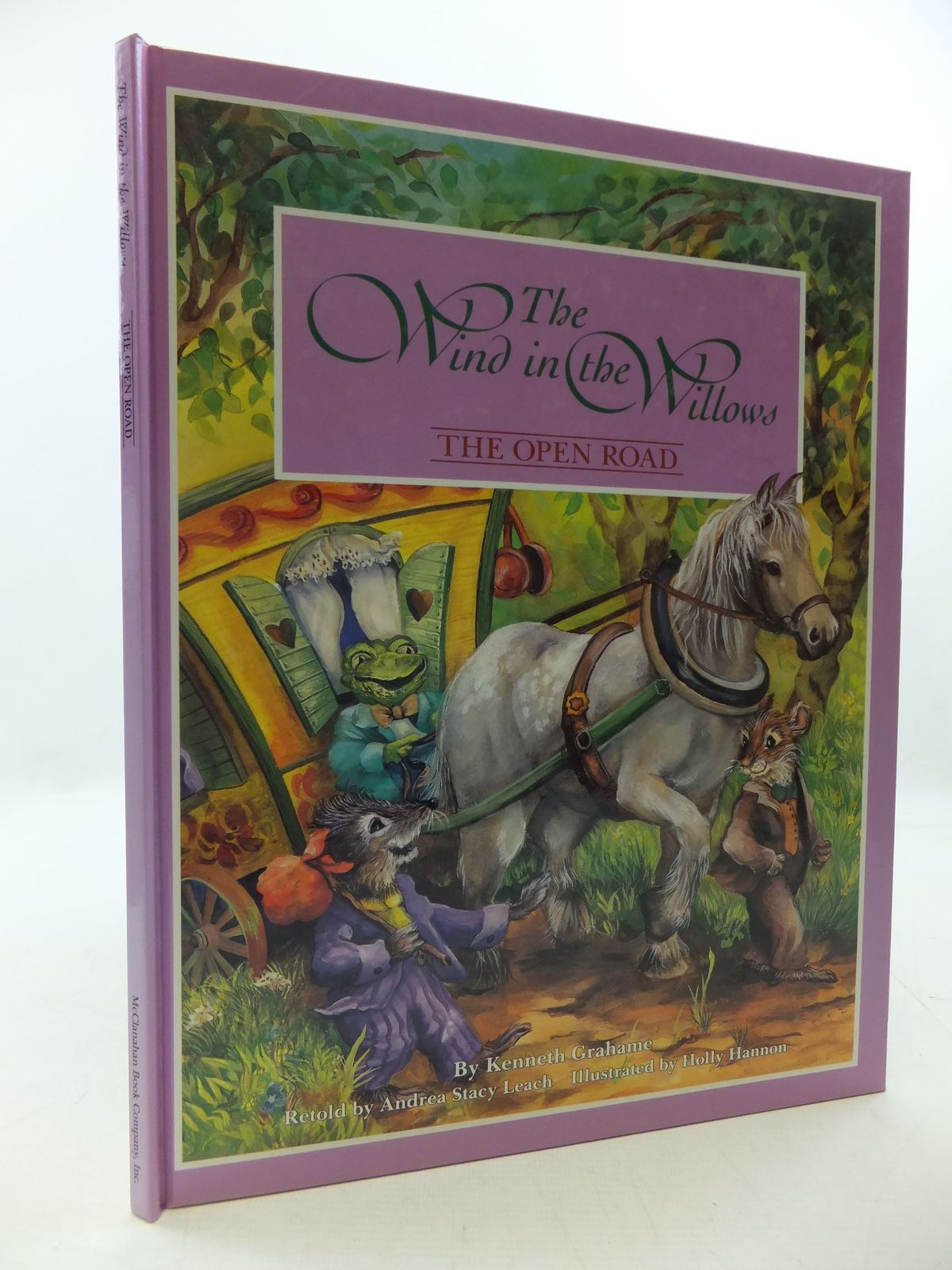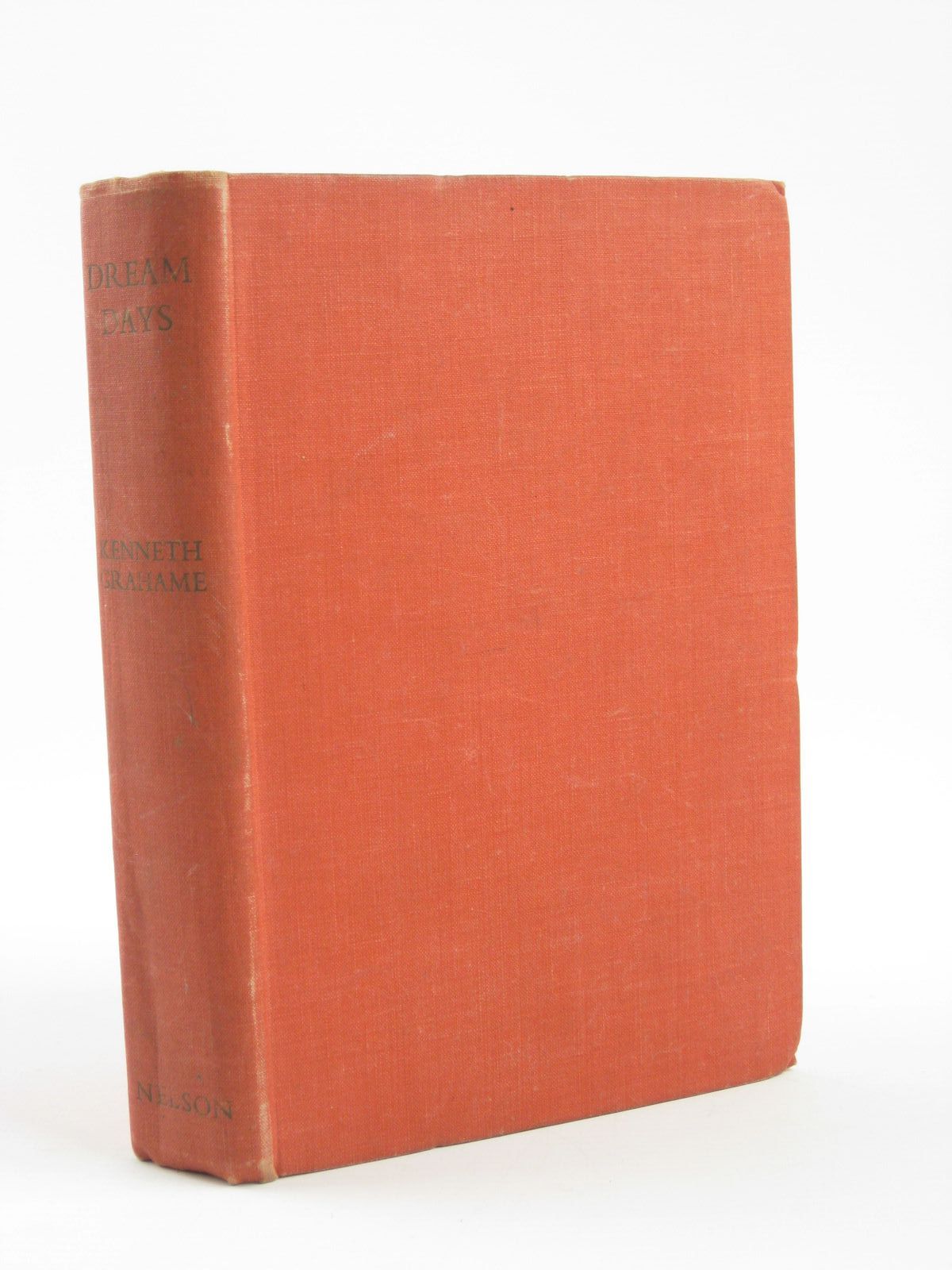The Wind in the Willows by Kenneth Grahame
View current stock of this ttile
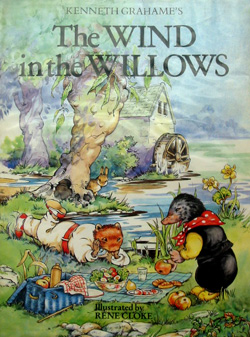

From the start
"The Mole had been working very hard all morning..."
to the finish
"but it never failed to have its full effect."
this is a story that has captivated us all, boy or girl, young or old. The characters are instantly recognised by all, and who would be able to resist the chance to visit the river bank and meet up with them.
Rene Cloke (left) and Babette Cole (below right) are among those who have provided illustrations for this popular tale.
The story tells us what happened to Mole when he rushed out into the open air that spring day, found the River, met up with Ratty, and experienced that lovely boating picnic. It is the start of a new friendship and a new life so different from his rather dull and boring one. He learns of the joys of the river with Ratty, and meets up with the reclusive Badger on the trip to the Wild Wood. And, of course, there is the one and only Toad. It is his adventures that have enthralled us all over the years.
Amazingly the book was not a success when it was first published and indeed it was rather lucky to be published at all.
The Grahame family moved from London to Cookham Dene in 1906. This was a return to the scene of the happiest days of Kenneth's childhood. The adventures of Toad formed part of the bedtime ritual for their son Alastair (nicknamed Mouse), and when they left him behind to go on holiday, Kenneth continued the story in a series of letters to him, introducing some new characters, namely a Mole, a Rat and a Badger.
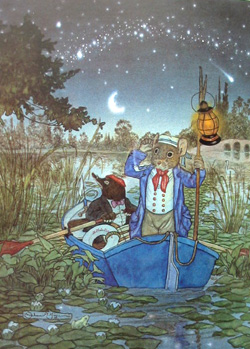
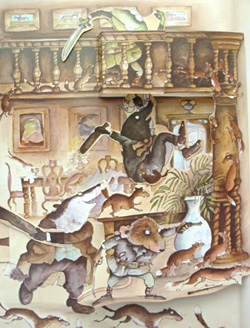
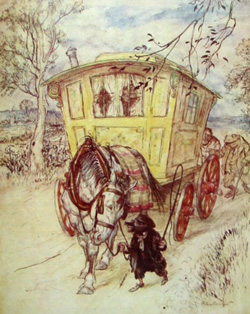
Grahame was persuaded to expand the stories into a book but the publishers on both sides of the Atlantic were not enthusiastic. They wanted, and expected, more of the idyllic style of The Golden Age and Dream Days his previous successes. They were stories about children, but really written for adults. This book, The Wind In The Willows, was written for children.
Eventually Methuen reluctantly agreed to publish the book in September 1908 but it was not a big seller initially and it took the unlikely intervention of President Roosevelt to popularise it. The President was disappointed by the novel at first but became a fan when his children urged a second reading!
For such a visual book the original edition had just one black and white illustration by Graham Robertson. A properly illustrated edition by Paul Bransom was published in 1913, followed in 1922 by one illustrated by Nancy Barnhart, and in 1927 by Wyndham Payne. However none of these illustrators managed to portray the characters convincingly and Grahame was understandably rather cautious when the publishers proposed another edition, this time to be illustrated by E. H. Shepard, who was famous for the his portrayal of the beloved bear Winnie-The-Pooh...
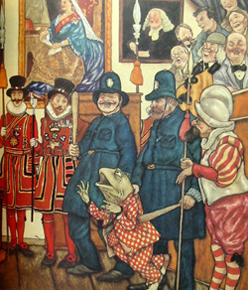
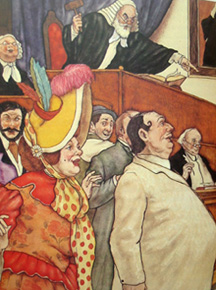
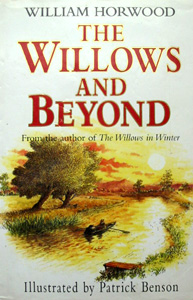
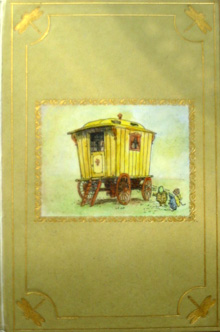
Above right: Handsome vellum bound edition illustrated by E.H. Shepard.
For most of us the 1931 Shepard illustrations are the definitive ones, although it was another forty years before these were issued in a full colour edition. Over the years many artists have tried their hands - Arthur Rackham (above left), Michael Hague, John Burningham, Babette Cole (above right) and Rene Cloke to name but a few - but no one has managed to supplant the magic of Shepard.
Grahame refused to contemplate a sequel, although many asked him to do so. Others have done so on his behalf, and probably the most successful has been the William Horwood (below left) quartet: The Willows in Winter, Toad Triumphant, The Willows And Beyond and The Willows At Christmas.
Whatever he might have thought of sequels, Grahame thoroughly enjoyed A..A..Milne's adaptation for theatre, Toad of Toad Hall , which was first staged in 1930 and which has since become an established favourite with audiences of all ages.
View all current stock of books by Kenneth Grahame
Submitted by David Starling
(Published on 18th Dec 2014 )


